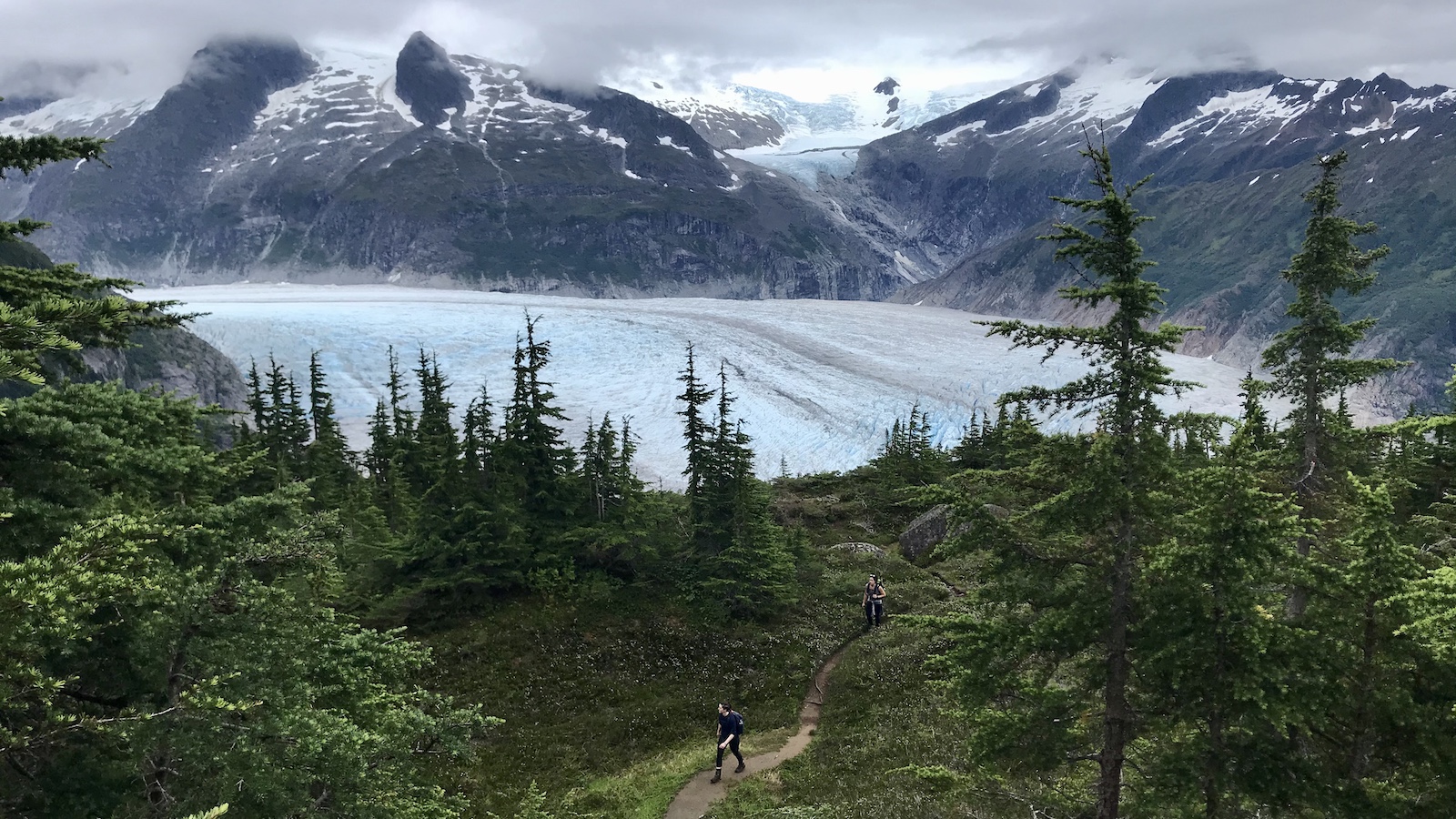
What is the roadless rule and what does it mean for the Tongass?
President Biden has restored "roadless rule" protections to the Tongass National Forest. What does that mean and will they last?

President Biden has restored protections to 9.2 million acres of roadless area in the Tongass National Forest.
What is a “roadless area?”
In 2001, the Clinton administration finalized a national rule that protected wild areas in our national forests. Following feedback from 1.6 million Americans, the regulation, which protected still-wild areas of our national forests from “road construction, road reconstruction, and timber harvesting,” in total safeguarded 58.5 million acres. Known as the Roadless Rule, this important conservation tool has ensured that our wildest and most awe-inspiring spaces wouldn’t suffer from traffic, vehicle noise pollution, or water pollution from vehicle oil and grease.
Beyond that, the Roadless Rule protects these acres from industrial timber harvesting so our forests can grow naturally with different aged trees growing near each other and undergrowth thriving. The larger the roadless area, the more uninterrupted habitat there is for wildlife. This is particularly important for species that need a larger area, such as wolverines who can travel 15 miles a day in search of food, or mountain lions who can range up to 370 square miles. In the case of the latter, most people would rather have the mountain lion range further from their backyards! In addition, prime locations for backcountry recreation have thrived, much to the delight of hikers, climbers, fishers, snowshoers and cross country skiers.
For people who live near these important areas, this protection is priceless. More than 156 million visitors used national forests last year, and nearly half of all visitors came from within 50 miles of those public lands. That means locals’ full enjoyment of these natural spaces are, in part, dependent on this rule. Whether you’re heading off with fishing poles, hiking gear, or a backcountry permit, this regulation means you can truly and fully lose yourself in nature for a couple hours or a few days.
The Trump-era Rollback and Biden reversal
But the full application of the Roadless Rule was put into question in October 2020. The Trump administration finalized a decision that removed these protections from the Tongass National Forest, often called the “crown jewel” of the national forest system. Our largest national forest, the Tongass provides critical habitat for countless birds, salmon and its ancient trees absorb staggering amounts of carbon. The roadless areas in the Tongass cover 9.2 million acres.
This week, President Biden reversed the Trump decision, restoring roadless rule protection to the Tongass.
Our decades-long work to protect the Tongass
Together with activists around the country, our advocacy for the Tongass goes back for decades. In 2001, our national network helped win the original Roadless Rule. We gathered and delivered nearly 700,000 public comments — nearly half of all comments submitted — from our members and supporters.
We’ve worked to defend the Tongass ever since, taking the Trump administration to court when it tried to resume logging, and rallying public support for this incredible forest. And now, the Biden administration is permanently safeguarding this incredible land from development.
Now it’s up to Congress
Congress can act to ensure that this back and forth doesn’t happen again. The Roadless Rule has saved wildlife, preserved clean water sources, and provided the stage for thousands of hours of recreation and outdoor endeavours for the last 20 years. We must keep it that way for generations to come.
Topics
Authors
Ellen Montgomery
Director, Public Lands Campaign, Environment America Research & Policy Center
Ellen runs campaigns to protect America's beautiful places, from local beachfronts to remote mountain peaks. Prior to her current role, Ellen worked as the organizing director for Environment America’s Climate Defenders campaign. Ellen lives in Denver, where she likes to hike in Colorado's mountains.
Find Out More

What can we do to keep the boreal forest from being flushed away?

Five of the biggest wins for wildlife and wild places in 2023

Five things to toast this holiday season

